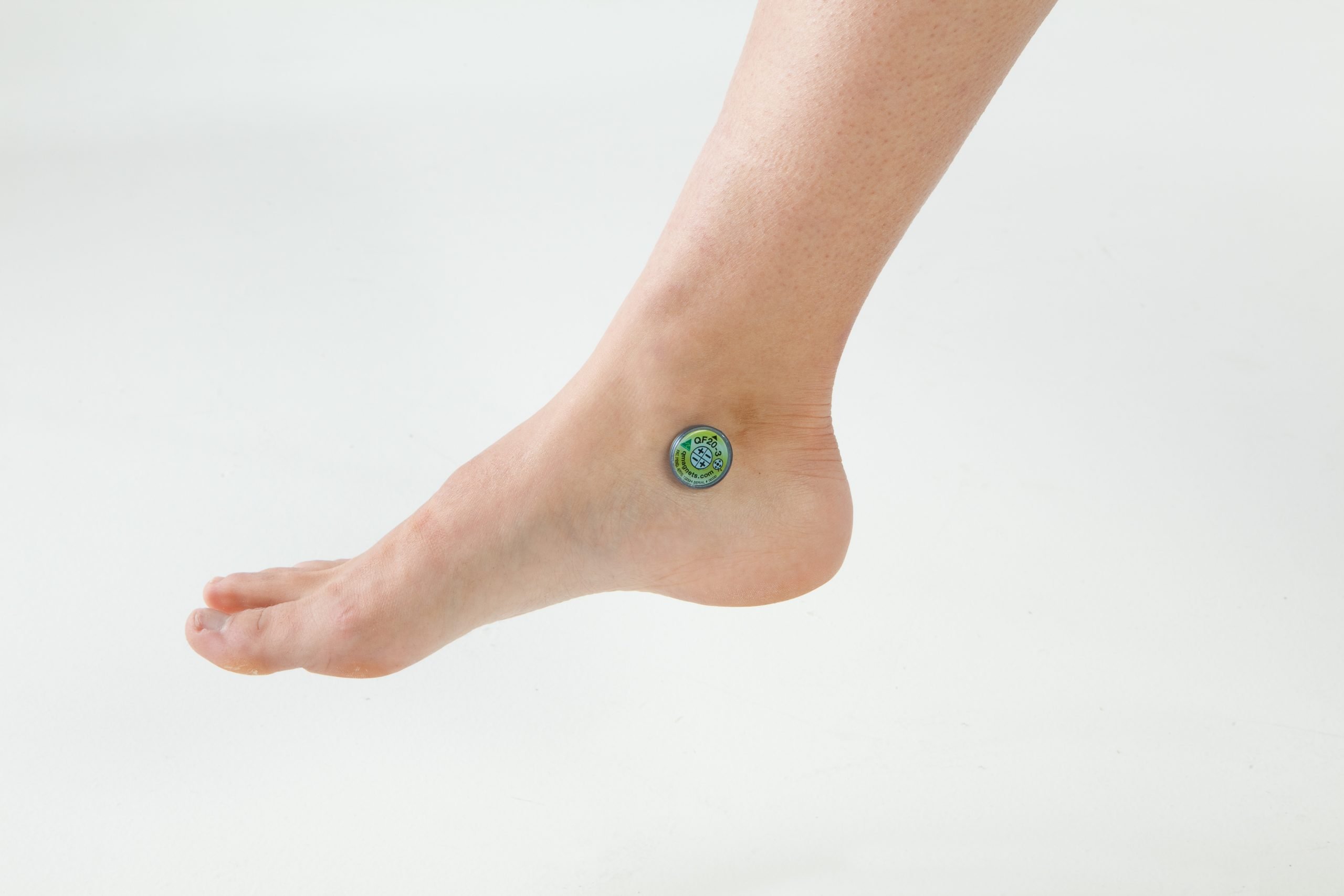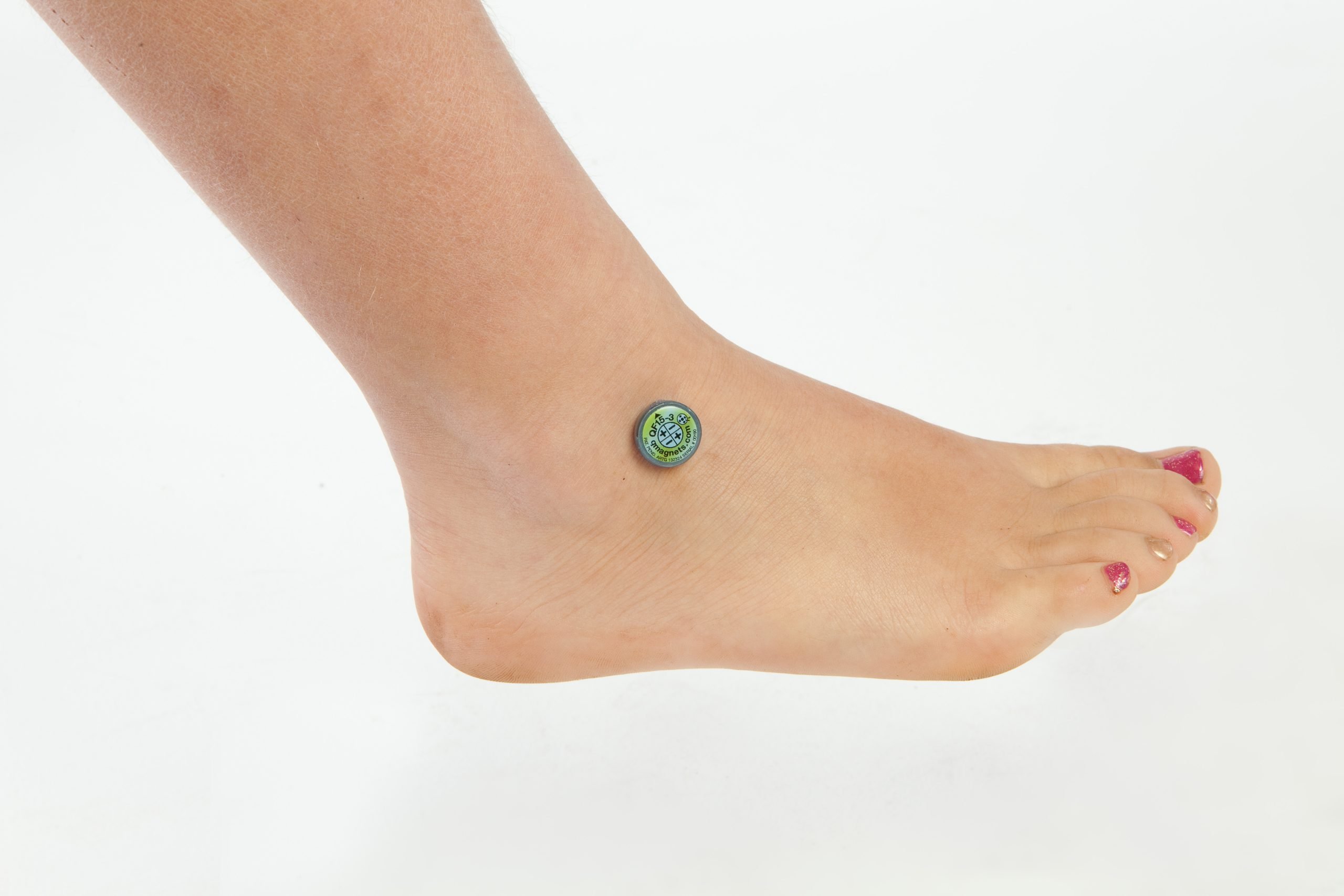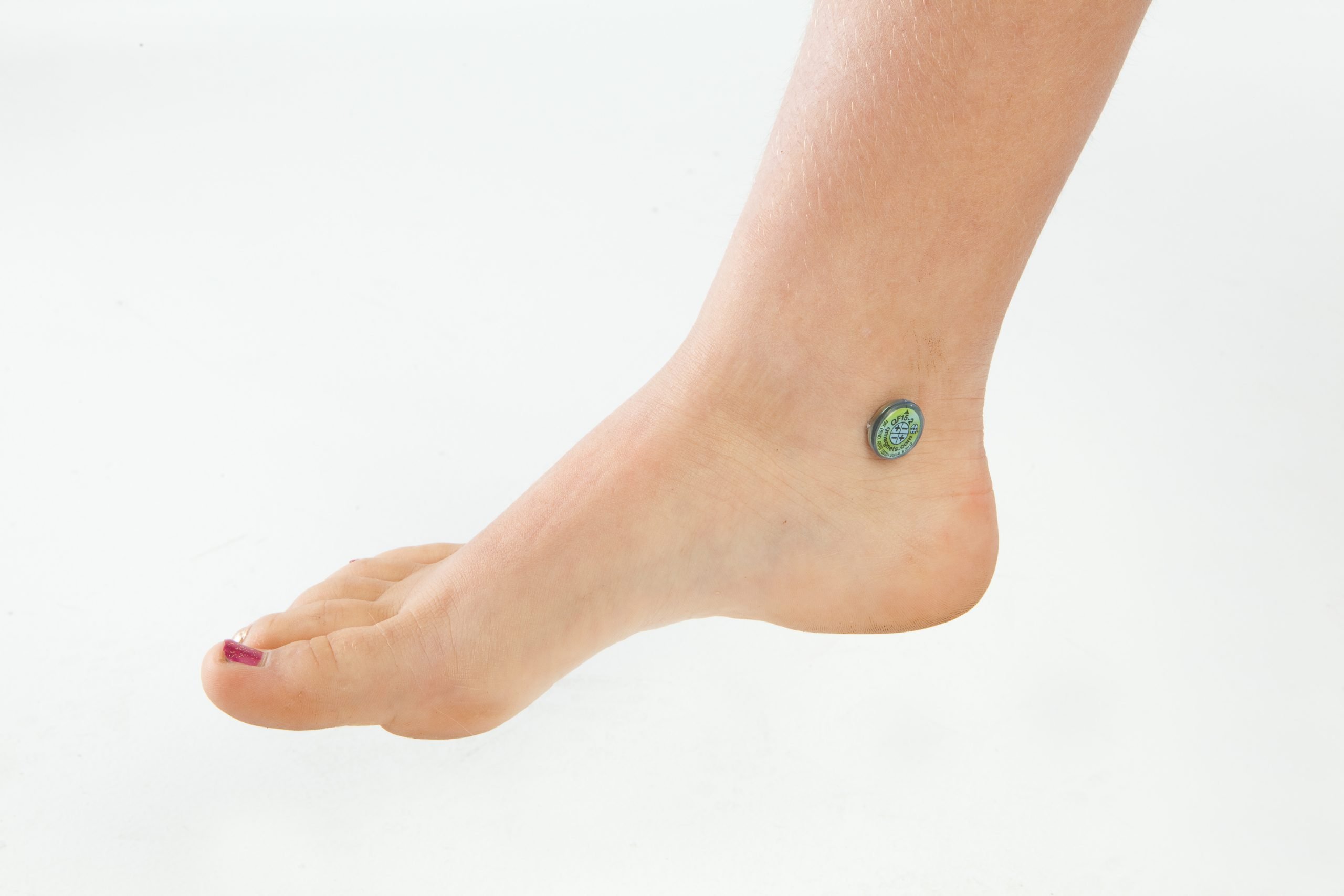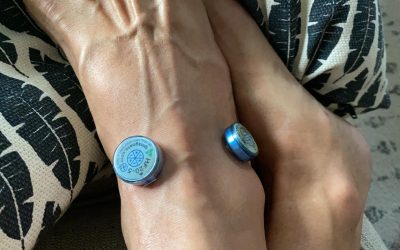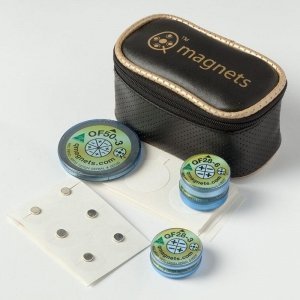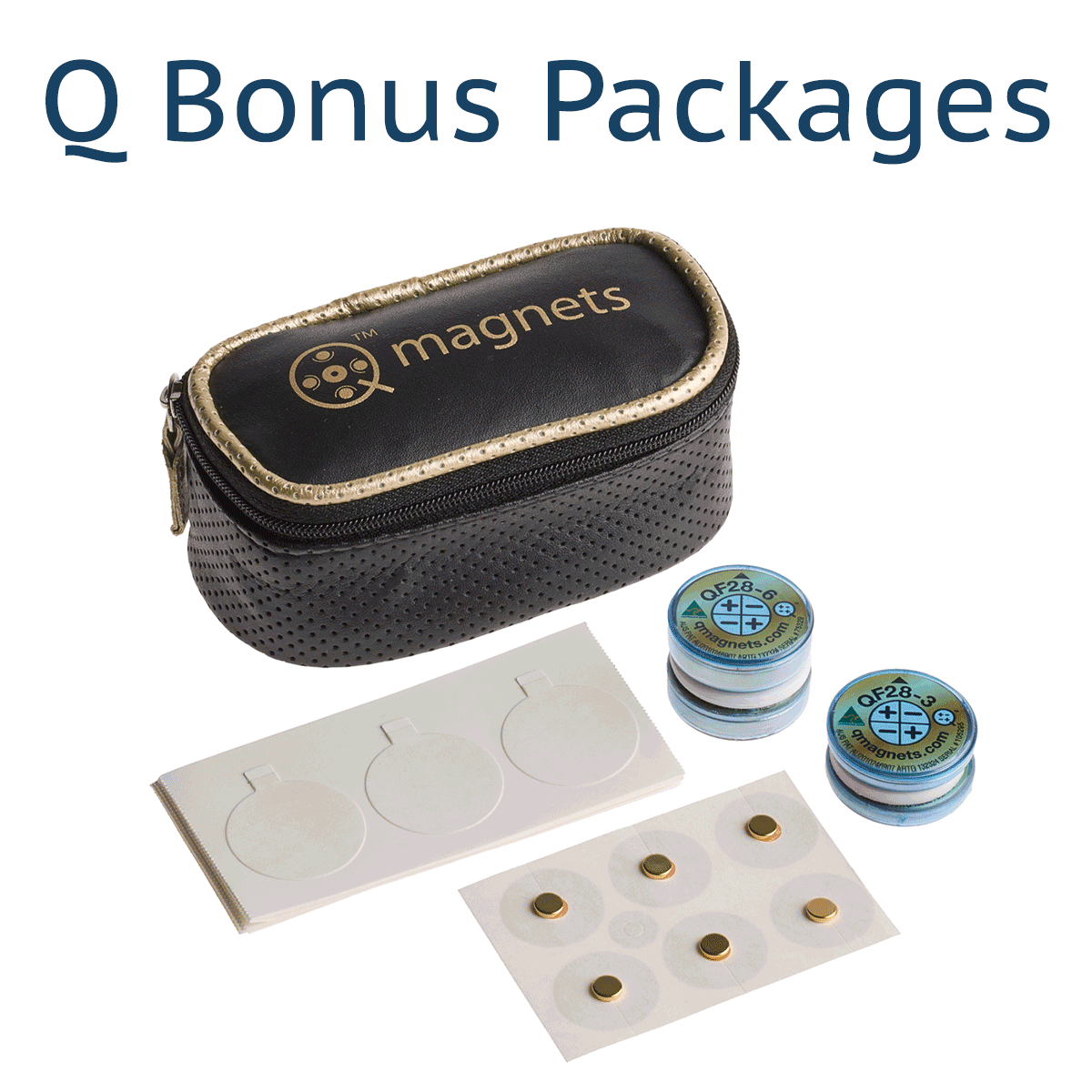Ankle Pain – Magnetic Therapy Treatment Protocol

The ankle transmits body weight to the ground in order to move us forward during walking, running, and sports. To maintain stability and adjust diverse surfaces and terrains, it relies on a complex network of muscles, tendons, bones, and ligaments. The ankle is a frequently injured joint in the body. Any pain relief treatment for ankle joints, and that includes magnetic therapy, should be able to target and treat it based on the injury condition.
Ankle Injuries
The most common ankle injuries fall into two categories:
- Acute injuries, such as a ligament sprain (rolled/twisted ankle) or fractured ankle.
- Overuse injuries, such as Achilles tendinitis (or tendinopathy) or tibialis posterior tendinopathy, which commonly develop over time.
According to research, once an ankle is damaged, it is vulnerable to future injury unless a complete rehabilitation program is implemented.
The treatment of acute injuries should begin as soon as possible. A physiotherapist or doctor can determine whether an x-ray is necessary to detect any fractures, and this should be done as soon as possible. It’s also a good idea to avoid jogging or playing sports on the ankle until it’s healed.
Treating Ankle Pain with Magnetic Therapy
Rest, Ice, Compression, and Elevation can be helpful methods to treat ankle sprains and strains. The RICE method is always a popular way of dealing with injury, but in the search for a smoother recovery and the temporary relief of minor aches and pains, many athletes are now adding another letter to the acronym – RICEM where M is for Magnets. See how the RICEM method is helping athletes. There’s a growing number of sports therapists who no longer agree with RICE. Also, not used for chronic, just acute. Magnetic therapy for pain ankle pain works by reducing and inflammation.
Q magnets are a great choice to deliver magnetic therapy to the ankle joints. By reducing pain and inflammation, the therapy can help you to weight bear and return to your regular activities faster.
Overuse ankle injuries often develop gradually and may be associated with beginning a new sport or abruptly increasing your activity level. These injuries might arise because your body is not yet strong enough for the increased physical demands. Achilles tendonitis, a tendon irritation in the rear of the ankle, is the most frequent overuse ailment.
Arthritis in the joint is another frequent chronic ankle disease that requires appropriate diet and physiotherapy, acupuncture or other anti-inflammatory intervention to restore mobility and strength. Read our free natural pain relief book to learn about anti-inflammatory foods for arthritis.
Your Pain >> Q Magnet Prescription for Ankle Pain:
For the foot, the Q Magnet devices should be placed over the area of discomfort. The device should not be worn inside shoes, but may be worn on top of shoes, as the depth of Q Magnet field penetration is approximately 70 mm (3 inches). Use a strong durable tape, such as sports tape, to secure the devices in place. Flexible sports bandages may also be wrapped around the shoe to keep the devices secure. Apply the devices at night, to the skin, directly over the area of discomfort.
The lower profile Q magnet, the QF20-2 that may be able to be worn comfortably inside looser fitting footwear. The larger QF28-3 is recommended for severe pain and can also be applied over the footwear for a milder effect. You can find both the recommended magnets for ankle pain towards the bottom of this page.
Outside Ankle
Application of Q Magnets to the outside ankle is shown below. One device is placed in the groove felt by gently pressing in front of the anklebone on the outside of the ankle.

Inside Ankle

Another is placed in the groove felt by gently pressing behind the anklebone on the inside of the ankle.
Q Magnets for Ankle Pain
Use smaller device to wear inside shoe.
For best value purchase the Q Bonus Package
Testimonials for Ankle Pain Treatment with Q Magnets
“The results are instant and pain is gone pretty quick” – Teresa reviews Q Magnets for Ankle Pain and more!
I'm 50 and have been using Q Magnets since 2 years now. I have pain in my ankle as I was pinned under a falling tree on my ankle. I noticed immediate effects from using Q Magnets for my ankle pain. I found improved circulation and blood flow after 1 month of use and...
Help for an Achilles tendon complaint
To whom it may concern:At the moment I am using one magnet (a QF28-6) from your company and have attached it to my left Achilles tendon; I can walk much better and started dancing again. In the future I will definitely buy more of your magnets, they are far superior...
Q Magnets are great for all my aches and pains, I use them every day.
James, I have been using the quadrapolar magnets for the past 5 years or so----for me they are great. I have sprained my ankle very badly several times and was able to put in 12 hour days without any difficulty---My knee has begun to ache and swell and with the use...
Love the MiniQ’s
Mini magnets are brilliant, can use them 24/7 to ease my knee and ankle pain. They are easier to wear and more comfortable under work wear than the bigger ones. Noel Roberts, NSW Australia

